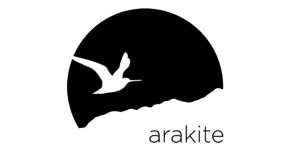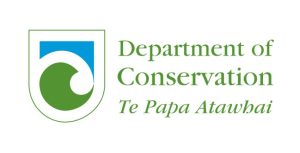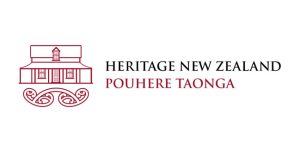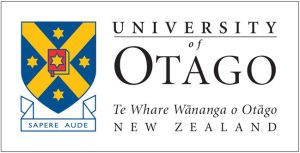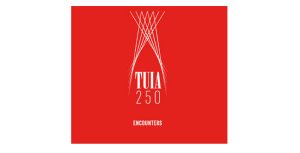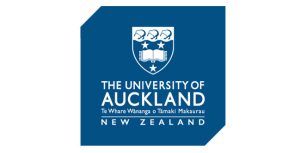Professor Manuka Henare and Dame Anne Salmond
Friday 23.08.19 DAY 2: Session 1 “Setting the Scene” Voyaging Wananga Full Session of Professor Manuka Henare and Dame Anne Salmond
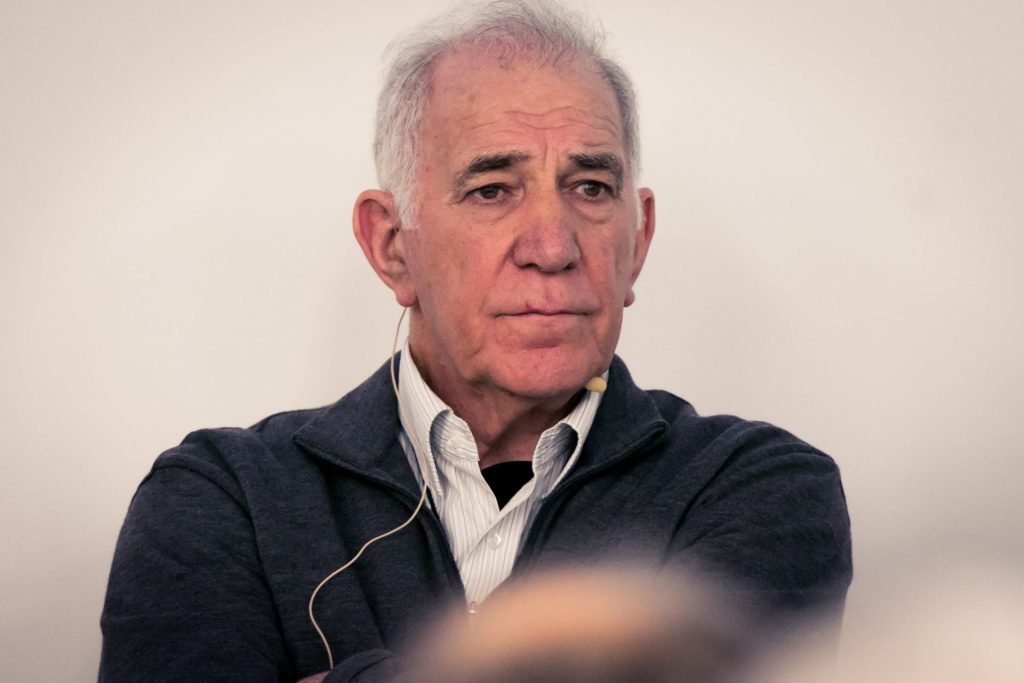
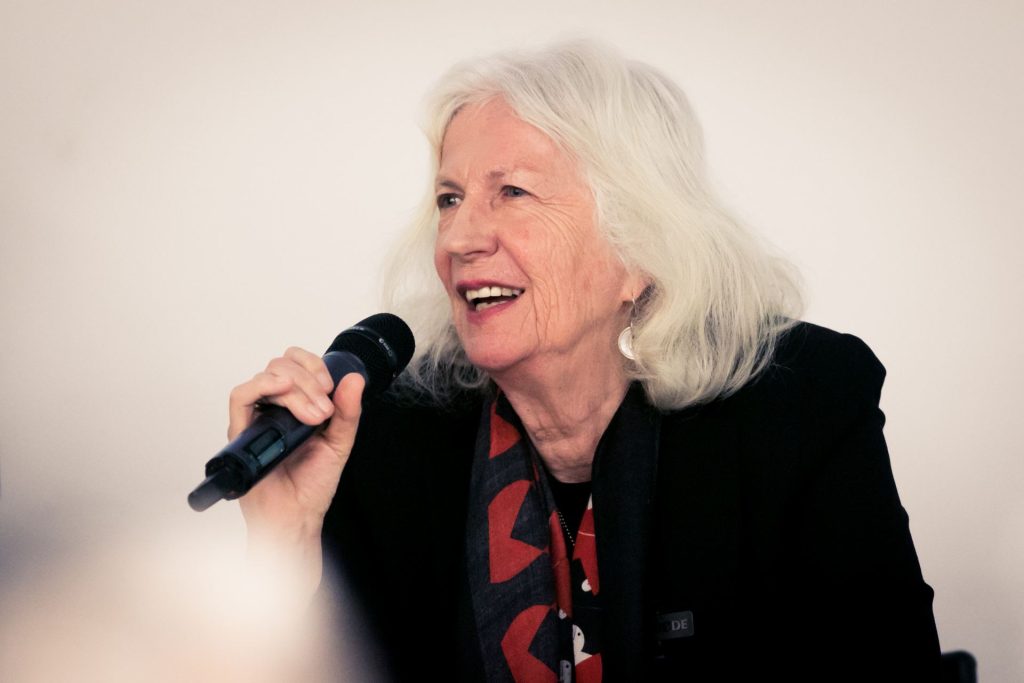
Introductory Remarks: Dame Anne Salmond and Manuka Henare
Dame Mary Anne Salmond, ONZ DBE FRSNZ, New Zealander of the Year 2013, Elsdon Best gold medalist, and author of such crossover publishing successes as Trial of the Cannibal Dog, honours lay easily on the shoulders of this world-renowned anthropologist. She has had a long interest in voyaging and working relations with the modern voyagers, and a wide view which she shared with the wananga.
Self-made man is hardly what the late Mānuka Hēnare would have called himself. He spent part of every speech thanking other people for his progress. But Alvin Arnold, whose people came from Whangape, might have said that about Hēnare. Alvin Arnold was a rugby player and labourer who slowly worked his way to a PhD when he was 63 years old, and then as Professor Mānuka Hēnare founded the Dame Mira Szaszy Research Centre, for Māori research, served as founding director of Caritas Aotearoa . . . This business school professor was characterised as the most important Maori Catholic scholar of his generation, and the anthropological one-fifth of his 60-item bibliography would have made him a respectable anthropology professor.
These authorities are suitable pilots for our hui into this wananga.
Bobby Newson introduces these scholars, which is appropriate, since his long career as an intercultural interpreter was manifested in a range of honours and services, including Iwi Relationships Manager for Auckland Museum, and Senior Cultural Advisor to the Auckland Council.
Bobby Newson:
Na reira, ngā mihi ki ā koutou
ngā mihi hoki ki te hunga kāinga.
Ko Parakeha, ko Panguru āku Maunga
Ko Hokianga te Moana
Ko Matihetihe te Marae
Ko Te Rarawa te Iwi
Ko Te Tao Maui te Hapū
Ahau nō roto nui ngā Kāmera te whanau kei Mitimiti.
Ki te taha ō taku Karani Māmā,
Ko Taratara te Maunga,
Ko Whangaroa te Moana,
Ko Werehiko te Tangata,
Na reira i tā mai taku whānau ano i reira,
A, ko ahau tēnei e tū atu nei.
A, taku ingoa ko Rapata Tamahou.
Now I use the name Bobby Newson. I worked in Race Relations, and the clever Joris De Bres said “Your name has been, ‘New Son.’ From now on you’re known as ‘Tamahou’,” and I thought was “Why is that”? Then I thought, “How clever that Pakeha fella was, making my name Tamahou – Newson. So Tamahou taku ingoa, kei konei ahau. I’m going to be your master of ceremonies for the day
Me pēnei taku kōrero mo wēnei o ngā tokorua e noho nei.
Now I want to introduce Dame Anne Salmond and Manuka Henare. I don’t need to list their degrees, because they both have more degrees than a thermometer. Because we all know who these two people are, and we have much, much respect for Dame Anne Salmond and Manuka.
Manuka Henare kei konei e noho ana kei roto tōna i a koutou, mo te hau kāinga nei. Manuka lives up here and Dame Anne down in Tāmaki and Tūranga, so between Ngāti Porou.
Last night, Dame Jenney Shipley set our scene: about connectivity and cultural equity and navigation, and how Hekenukumai Busby reminded us of all those things. In commemoration we should feel the spirit of that man amongst us, in all our kōrero, all our mahi today.
Te runga rawa tiakina mai tō tātou matua, nāna nei wēnei mahi he whakatui tui tātou.
That is where Dame Shipley finished, “hei whaka tui tui”. Tui tui, she called it binding together. I am a translator by profession . . .
Te kupu rā;
Tuia i te rangi
Tuia i te whenua
Tuia ki waho
Tuia ki roto
Tuia te here tangata kā rongo te Pō, kā rongo to Ao.
In my translation I would say;
Binding what’s above
[Jenney’s words last night]
Binding what’s below
Binding what’s outside
Binding what’s inside.
I work in Auckland at the museum with Hāre Williams: a journalist, a poet, and his translation of this whakataukī is this;
“The tapestry of life is interwoven by the beauty of the colours of the cultures as we live together”.
Every day we want to learn and that’s what we are here for today. From all people and every person speaking. We’re learning something from even the pātai.
So without much more to say. I’m now going to hand it over to Manuka and Dame Anne. Hei whakahārewa tātou. Now the table was set was set last night with beautiful kai – ēnei ko te purini – we now garnishing it with the two kōrero we have today.
Kia pai te ra.
Dr. Manuka Henare:
E tū ana tēnei a Manuka, he kōrero kei tērā Kauri.
Ko te Manuka he mea tapu
Ko te Kauri aua? He aha ō kaupapa?
This way I refer to my cousin as a Kauri. And a Kauri and a Manuka are two trees. Some had to grow tall and some had to stay small: I am one of the latter.
Anne and I will address several questions, and one of these is: “Who said the Pacific is called Oceania?” While scientists use the word, I’ve travelled to most of the Islands – North, South, East and West Pacific and I’ve never heard anybody say, “You Oceanians”. And that does raise the question: “What does that mean for us? And who’s doing the naming?”
Because from an anthropological point of view, the one who is doing the naming is making a claim to the proprietorship, the ownership, the home. Outsiders use other names, so here we will try not to say “Oceania” too often, or we might confuse our identity.
We want to discuss whakapapa, and relationships, and the ancestors who explored the world, and then I’ll have questions to share with Anne. In this way we will have this soft dialogue of questions and answers.
I come from Whangape in the North Hokianga, and I come from a school of thought that says “If you’re not sure about what you’re talking about, make it up and look sincere”. So in Whangape we emphasise sincerity. Now, if you’re smart and if you detect the greatest sincerity, you know it is either truth, or I’m making it up and looking sincere. Measure what I say by my sincerity.
Dame Anne Salmond:
We thought we would set the scene together by talking about voyaging, voyaging in the old world, voyaging in the new world, voyaging into the future.
Because of my interest in voyaging, I’ve tried to understand the very first encounters between Māori and Europeans. That took me to the records of Abel Tasman and James Cook and Marion du Fresne. The extraordinary thing was to understand what was happening on the beaches and inside the kāinga and inside the pā, when the first Europeans arrived in different places in Aotearoa, but also in places like Tahiti. In the course of that work, I met some of the great living voyagers, including Herb Kāne who helped found the Polynesian Voyaging Society and to build the Hōkūle’a. Thinking about Kealakekua Bay where Cook died, I went there with Herb, who grew up in the next bay. Wandering around Kealakekua together, we reconstructed what had happened while we were in the landscape. The stories seemed to come out of the land and out of the ocean. We were standing in the actual place where the priests’ house stood. It was an extraordinary experience.
While I was in Hawai’i Mau Piailug, the great teacher, invited me to meet and talk, as he was about to set off to Yap, sailing from Hawaii to Micronesia. Soon afterwards I met Sir Hec Busby and Jack Thatcher in Aotearoa. I knew Hoturoa Barclay-Kerr when he was young, when his father and I were colleagues together in Maori Studies. Mau taught Thatcher and Barclay-Kerr. What impressed me about all those voyages and all these voyagers, is this. The literature of Polynesian voyaging is quite technical. And yet, listening to Herb Kāne, hearing Mau Piailug, talking with other voyagers, these voyagers are telling you not just about technique and data, but events and stories in which their ancestors appeared and amazing things happened. The power of the ancestors in traditional voyaging is not just about sailing by the stars.
So Manuka, tell us a bit about this Oceanic world. What must we know of Hine-Moana, that world of the ancestors? What is the role of whakapapa? What are these relationships that shape that world and keep Hinemoana and the waka dynamic and relevant to the present world and even on into the future? Manuka, what is the role of whakapapa in that world? How does it work?
Dr. Manuka Henare speaking:
Kia ora Ani,
I am interested in that question, and in the problem of whose name do we give to the Pacific. And I remember Tau Hemi Henare. Sir James Henare often referred to Hawaiki, then he would talk about Kiwa. Te Moana-nui-a-Kiwa was the Polynesian name. I spent a lot of my life as an academic trying to trace, who was Kiwa? In Japan I learned Kiwa is a known ancestor, and many South East Asian languages have the name Kiwa.
What that began to tell me, was where Māori came from originally, and that has to be South East Asia. Linguistics and the latest archaeological work affirm what the oral traditions have been saying for a long time, as we say: Te Moana-nui-a-Kiwa.
The word “Pacificus” is Latin. And in the early maps out of Europe you find written in Latin, Pacificus. And Pacific. That is not a local name; it is a name given by an observer, a Portuguese. Yet it is an apt name for that great ocean. If you like Coleridge as I do, then you may remember he bemoaned the fact that he was becalmed for long periods in the Pacific Ocean, “Without a breeze, without a tide.” Peaceful. Pacific.
Sir James Henare said Hawaiki is two places interacting. One is Hawaiki of the spiritual world; two is Hawaiki of the material world. He spoke of both as he would instruct us young ones, and behind the word Hawaiki was a history that pointed to why Māori are here, why Samoans are there, and why what we call Polynesians are where they are.
Dame Anne Salmond speaking:
One of the things I learnt working in Tahiti was that the old name of “Ra’iatea”- Havai’i – refers to Hawaiki, that ancestral homeland. Trying to understand the role of Tupaia in the voyage, and stopping at the voyaging marae Taputapuatea on Ra’iatea, I met people who fought to have Taputapuātea recognized as a World Heritage Site. Their proposal sketched a network of voyaging sites that included Tūranganui-a-Kiwa (that name again), as testimony to one the great feats of human history – the exploration of this vast ocean, one third of the earth’s surface by the ancestors of Māori.
Tupaia’s role in Cook’s voyage showed his status as navigator and high priest. He was trained at Taputapuatea as an ‘Arioi Tāhua, or priest, and was a member of the ‘Arioi Society. The ‘Arioi were dancers, actors in satirical skits, musicians, artists and tattooists, as well as voyagers and priests. Their ancestor Atua was “’Oro” the God of life and death, Fertility and War.
So Hawaiki is the Realm of the Ancestors on the one hand, and a place on the earth ‘Te Ao Mārama’. Navigators spanned those two worlds.
The ‘Arioi carried their Atua in their waka, amazing waka with big platforms, beautifully carved, voyaging from island to island. There they would land en masse. Huge celebrations welcomed their arrival, and they would help in the seasonal rituals.
Contemporary scientific literature misses the point of how voyaging expanded both worlds, linking the spiritual and the physical worlds across this vast ocean, with the help of ancestors, even carrying the ancestors from one place to another. There are places called ‘Taputapuatea’ here in Aotearoa as well, and the same name is found in Hawai’i.
So, in the way Sir James described the world of the ancestors and the place of Te Ao Mārama and Hawaiki in this world, how did the ancestors of Māori use these forces and powers to traverse this ocean on earth and eventually find their way down here?
Dr. Manuka Henare speaking:
Listen to the natural world and the will of the Ancestors. The oceans will tell you, the clouds will tell you, what to do and when to act. This is called navigating, when the ancestors guide you. The speech of the ancestors is always this: “Do the mahi tika”. What you do has to be correct because if you’re in Māori thought or Polynesian thought you’re either ‘tika’ or ‘hē’ you don’t do grey, either ‘right’ or ‘wrong’. I don’t think there is a Polynesian word for grey. Do not sit in the middle and procrastinate. Navigating in the broad ocean, decisiveness is an attribute of a leader. Make the decision. Say “We sail this way.” Then, if not heading in the right direction, just change course, no big deal.
The ancestors who sailed from Hawaiki sailed 3000 kilometres to find these islands later called Aotearoa. What marvellous navigators. Reading the natural world, reading the world of the divine, and reading the human world all at once.
Dame Anne Salmond speaking:
Working with such navigators and others at Taputapuwatea – that great voyaging marae in Tahiti – realising the power of what happened there and still does, Taputapuatea still acts as a magnet for voyaging people.
When Tupaia joined the Endeavour, there had been war in the Society Islands. Warriors from Bora Bora attacked his home island, Ra’iatea. Tupaia was injured and later fled the island, carrying his god ‘Oro and the insignia of the supreme chief, a red feathered loincloth – the maro ‘ura – used in the coronation. And he sailed to Tahiti, to keep these treasures safe, to preserve the chiefly line of descent. There he forged a relationship with Purea, wife of the high chief Amo. Caught up in the intrigues of competing factions, Tupaia saw opportunity in the arrival of the Endeavour. He was fascinated by the Europeans. Navigation by the stars bound them all together: the Europeans had come to observe the Transit of Venus. The arts were also a link: the ‘Arioi were artists, and when Tupaia sketched with the ship’s artist Sydney Parkinson, they understood one another. Finally, I think Tupaia was curious. Besides, if the strangers took him to England, he might get guns, and rid his home of the warriors from Bora Bora. Then when Cook set sail from the bay of Matavai, Tupaia was actually piloting the Endeavour.
It is significant that Cook, a Royal Navy captain, gave over control of his vessel to someone like Tupaia, not an officer, not even English. When Tupaia called out to the winds, chanting for a better wind to take them to Huahine, a good wind did rise and blew them safely to Huahine. Every time they landed at an island, Tupaia took them to the marae and took them through the rituals, the proper protocols, until they arrived at Taputapuatea on Ra’iatea with the Endeavour. Voyaging waka would arrive at Taputapuatea through Te Ava Moa, the sacred pass. Cook, though, headed into the wrong pass at first, and while Tupaia managed affairs with the locals, the Bora Bora warriors were still there on the island. From an ‘Arioi point of view, Tupaia had commandeered this weird vessel manned by what Maori called ‘Tupua,’ goblins. Then, again, Tupaia called up the winds, and tried to get Cook to sail off to the west, heading for Tonga, which he’d already visited on an ‘arioi voyage.
Dr. Manuka Henare speaking:
The Elders of the Niuean community taught me about navigation when we were living in Petone. One old gentleman’s job had been to lie on the bottom of the canoe and listen to the waves. He said a wave would hit an island and that wave would bounce back across the Pacific. He had been taught to hear those rebounding waves. How much more scientific could it be? So, what we are discussing is two quite distinct scientific methods, both working in the Pacific. In this context, understand that Cook, for all his instrumentation, needed a Polynesian navigator just in case he ran off the edge of his world. As a former Navy officer, I have been re-examining and trying to overcome some problems I had with Cook. I have begun to admire him as a Navy officer and highly skilled sailor and a great navigator, and because I must marvel how in those days with that little knowledge, he brought a boat from England all the way round the world to the Pacific? And then start exploring the Pacific? Because when I came to that understanding, I could then turn and try to think of a Polynesian who sailed the first canoe from here to England and then to return? Just marvellous. I began to see the whole matter in a new light. There is a clash too, not the usual conflict of science and divinity. A two sciences, trying to understand how to navigate the world.
Dame Anne Salmond speaking:
I love that: Two sciences trying to understand how to navigate the world. Here, now, that is our challenge. Still today and into the future here in Aotearoa, two sciences, two ways of living, two ways of understanding the world. In that case they were out there in the ocean and Cook had never been there before, of course. And as you say it wasn’t his world, and yet one science has said, “Cook discovered New Zealand.” The other science always knew these waters had been traversed for generations by the ancestors of Māori. Looking into this, I found other navigators who had helped European explorers in the early years, not just in Tahiti but also in the Tuamotus. When the Spaniards crossed from Peru, they engaged with island navigators to help them find their way.
Now Tupaia had knowledge of the Pacific, the Te Moana nui a Kiwa, or Te Moana as we call it: a huge sweep of the ocean, although it did not include Aotearoa. Traditional knowledge, the other science, as we are calling it, had its own mechanisms for recording new information, for new voyages. By the next time Europeans sailed to engage navigators from Tahiti, those navigators knew two new islands: Pounamu and Tiatia they call them, or the South Island and the North Island.
The descendants of these schools of learning trained Jack Thatcher and Hoturoa Barclay-Kerr, at the schools of Yap and Tahiti. These schools, throughout their history, had not recorded discoveries in writing, but in memory, lists, drawn charts and song or prayer. In that way Aotearoa was added to the knowledge of the scientists of the Pacific, including Kupe.
Dr. Manuka Henare speaking:
Kupe, Kuramarotini, his wife and all the other explorers.
One question is how many missed finding the islands and therefore perished. All we know is the arrival stories. We don’t know the actual human cost of those who left Hawaiki, or East Polynesia, and missed the Chatham Islands or Aotearoa. My mind sense tells me there must have been high casualties because they are sailing a great ocean that no other human as yet attempted to do.
The other thing is significant technological development in Taiwan and what enabled humans to sail oceans the size of the Pacific, the invention of the outrigger. That idea eventually turned into canoes into catamarans. Think of that the majesty of that invention.
Related to this invention and its entrepreneurial spirit is the work of my two PhD students who informed me that “Kumara” is not a Māori word, nor a Polynesian word. Neither did it come from the Pacific, it came from the high Andes near Titicaca, the lake at the top of the Andes. So I travelled to Titicaca, where we genetically traced the kumara from a specific place in the Andes and established “kumara” is an Inca word.
We know how the Polynesians came south, be we know very little of the Polynesian who voyaged from the Easter Island to South America. Our ancestors sailed the whole of the Pacific not just the one way highway to Aotearoa.
One gets a sense that land based societies feared the oceans. The island populations where not fearful, and knew the oceans. These humans adapted to the environment in remarkable ways. They saw the world as they knew it, and theirs was a watery ocean world.
Dame Anne Salmond speaking:
Imagine: fear of the oceans, that vast oceanic world of the people in the Pacific, a home, not a vast, empty, scary expanse. It’s a place that has its sea paths, its star paths, and familiar creatures that pop up in particular places.
Dr. Manuka Henare speaking:
Here is a question: “What inspired people to sail”?
My understanding is that in Tahiti and Samoa and many other places of the Pacific, humans observed birds, especially the Kuaka, the godwit, and the Toroa, the Royal Albatross. The Kuaka flew from Siberia to Aotearoa, and people saw the same birds fly back on another route in a great circle. The Toroa could glide for 20 or 30 miles, and do a new sweep, catch the new waves.
Māori got to know these two birds as did the other Polynesians and so they followed the trail of the birds, knowing those birds would strike land. I believe Kupe found Aotearoa by confidence in the natural world. He and his wife Kuramarotini could see the birds, so there had to be trees.
We all know the linguistic theories and origin traditions. A newer area of interest is genetics. So I did what any other anthropologist does and had my DNA done. My father is Scottish, and his people and his genes were hard to follow, but my mother is Māori and I was to trace her ancestors to Southern China. Linguistic studies take us back to Taiwan and to South East Asia.
Then I looked for the word Mauri, because Hindu found the word in Sanskrit. So with a group of Māori elders we visited the source of the Ganges River at the base of the Himalayas, where we found the Hindi word ‘Mauri’, which may open a whole new area of inquiry.
Dame Anne Salmond speaking:
Manuka and I will step down now, so the real tohunga have time to speak.
No reira e aku rangatira, tena koe.

